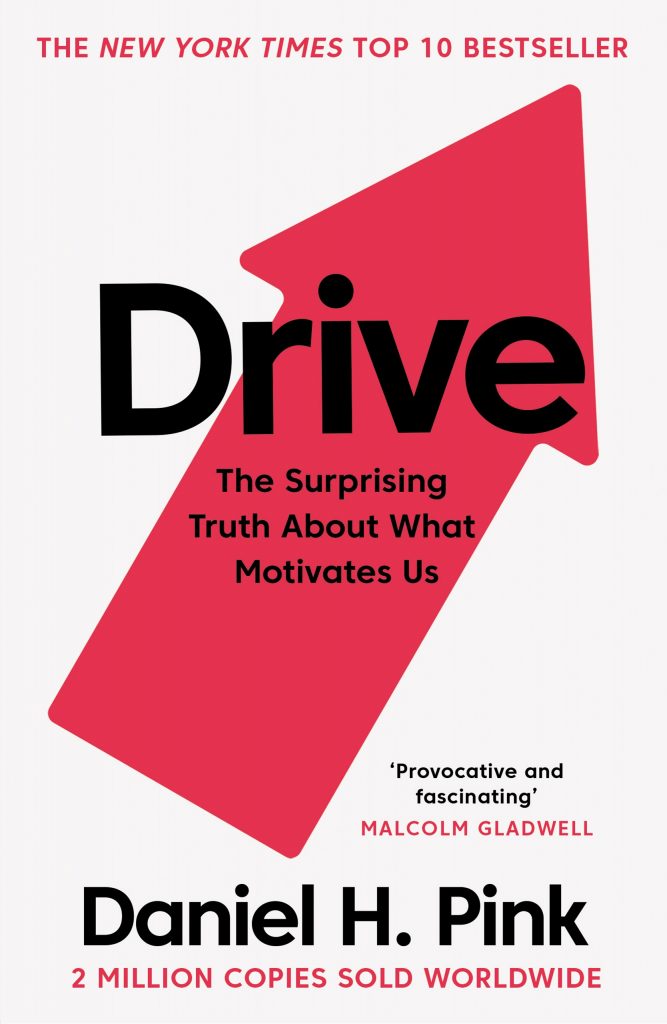Pink’s book takes what we have learned from decades of psychological research and turns traditional economics on its head. In a time of tying up loose ends in anticipation of holiday merriment, I give you the option to view his Ted Talk, The animated version is a lot of fun and an excellent recap of the ideas about human motivation revealed in the book Drive.

In a nutshell, the central concept is, “give people control over their own tasks, and they will enjoy and do them well.” In my experience at Watson Inc. and now in my consulting work at Watson & Associates, this truth gets revealed again and again.
Autonomy is not only personally satisfying to the worker to keep them engaged, but it also results in higher-quality work than that which can be achieved through top-down, command and control structures. The people closest to the work are in the best position to understand the nuances of what needs to be done and carry that out. Trust that, and you will be well on your way to better management.
There are three ways we can be motivated. First like all animals we require basic things like food and water and we want to reproduce, these are basic biological motivators. Secondly like most animals we can also be bribed to do a task (extrinsic motivation). Offer us a bonus and just like a pigeon you can get us to complete a project on time, sell something or (for the pigeons) peck at a lever for a food pellet. The third and more human motivation is intrinsic motivation. It comes from doing something good for our group. We are group creatures and we are hardwired for this motivation above all the others. Typical business practices however don’t treat us as humans. Typical practices treat us like pigeons.
As W. Edwards Demming Says “We have been destroying our people, from toddlers on through university, and on the job. We must preserve the power of intrinsic motivation, dignity, cooperation, curiosity, joy in learning, that people are born with.”
HR spends a lot of time on the compensation package, we should be spending time on creating as much autonomy at work as possible and believe me a lot is possible.
When we maximize autonomy we maximize engagement. Some managers will hear autonomy and think chaos. For autonomy to work we need a North Star we need to know our group’s purpose and our purpose within our group. When we have a purpose along with group agreed upon values and behaviors we have all we need to craft our job ourselves.
“Conscious managers exercise a minimum amount of control. Their role is not to control other people it is to create the conditions that allow for more self-management.”
John Mackey & Raj Sisodia
However, managing this way is of course incomplete. We are social creatures and naturally like to be collaborative. So another key need that fuels motivation and pairs well with Autonomy as a companion design principle is Belonging. Together (and not just individually), employees are part of a social group that has intrinsic value. Keep that in mind, and you will have a stronger and more resilient organization.
I hope you will come to our Town Hall meetings with some ideas of your own about autonomy, belonging and other workplace motivations. You might find, as I have, that Dan Pink’s work resonates on a deep level. If so, then you may want to consider subscribing to his newsletter, called the Pinkcast. There’s some good stuff in there!
Cheers for Friday,
Gavin Watson, Chair, Conscious Capitalism Connecticut Chapter
If you don’t have the time to read his book or are simply interested in hearing more from Dan Pink, check out the TED Talk below that I mentioned earlier in this post.
Latest Posts
